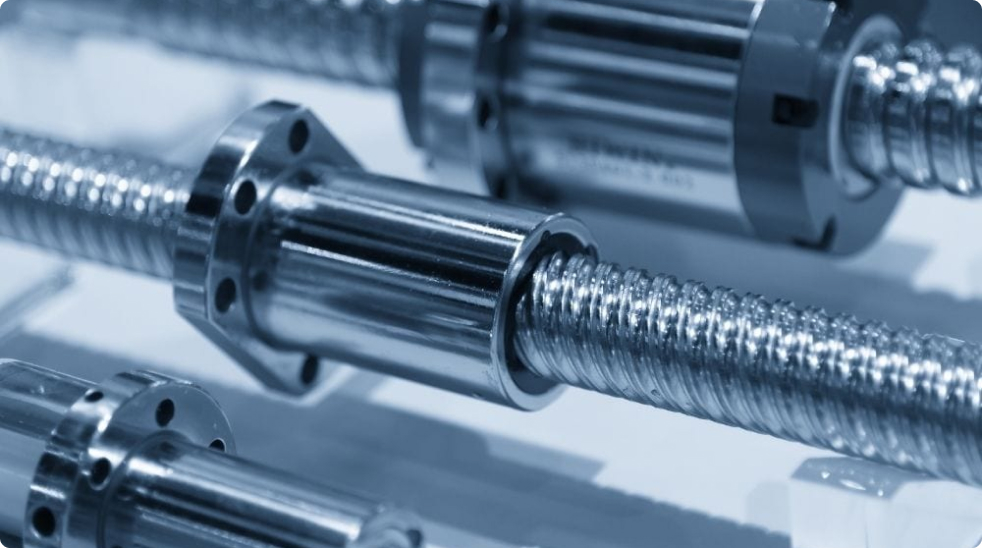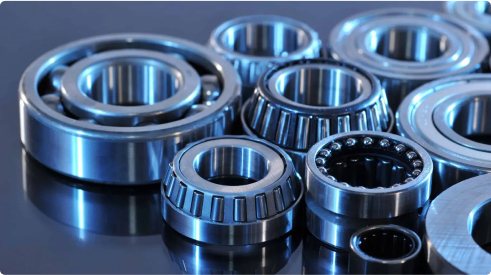
How do I determine the loads on a bearing?
Loads affecting bearings include force exerted by the weight of the object the bearings support, transmission force of devices such as gears and belts, loads generated in equipment during operation, etc. Rarely can these kinds of loads be determined by simple calculations. As the load is not always constant and the load fluctuates in many cases, it is difficult to determine the frequency and magnitude of the fluctuation.
Therefore, loads are normally obtained by multiplying theoretical values with various coefficients developed over time.
There is a lot of math involved, but you can find this information on many manufacturers’ sites.
The Computation of Bearing Loads is simplified as follows:
- R= Radial load – loads that are perpendicular to the shaft
- T= Thrust load – loads that are parallel to the axis of the bearing
- C= Combined load is a result of calculating both Radial and Thrust loads using the combined load calculations
To calculate dynamic equivalent radial load (composed of both radial and axial forces) for a single row deep groove ball bearing is as follows:
P=XFr+YFa
- P=Dynamic equivalent radial load
- Fr=Radial load
- Fa=Thrust load
- Z= number of balls
- D= ball diameter
- X=Radial load factor
- Y=Thrust load factor
- e=Limiting factor for Fa/Fr
The static equivalent radial load on single-row deep groove bearings subject to both radial and axial (thrust) loads is computed as follows:
Po=0.6 Fr +0.5 Fa
- Po=Static equivalent load
- Fr=Radial load
- Fa=Axial load
Common Sources of Loads are:
- Weight- shafts, gears, pulleys, or other machine parts supported by bearings
- Centrifugal Force – out of balance conditions-eccentrics, or as in wheel bearings while turning curves
- Tension – required to transmit power as in timing or drive belts
- Torque Reaction – producing loads due to the twisting effect of power input, on bearings supporting drive pinion or worm gear, etc.
Effect of Bearing Location
A shaft is ordinarily supported by two bearings:
With (1) Load (L) applied between the two bearings perpendicular to the shaft
Or (2) Load applied parallel to the shaft or both the bearing will be designed based on the magnitude of load, the distance between bearing centers, and the point of the application.
The first step in calculating bearing loads is therefore the computation of (L) from available data and the determination of bearing center distances. In the majority of cases, the applied load is the result of mechanical forces so large in comparison to the actual weight of the parts the latter may be ignored.
In many cases, the heavy rotating parts likely constitute a large part of the load.
Torque from Horsepower input. Most bearing load calculations require the determination of torque or twisting moment due to the input of the horsepower at a known speed.
Power transmission losses are present depending upon the efficiencies of the elements involved. However, in the methods of calculations, the efficiency of 100% is used in order to keep the solutions as simple and direct as possible.
Please Contact Us for further assistance.

